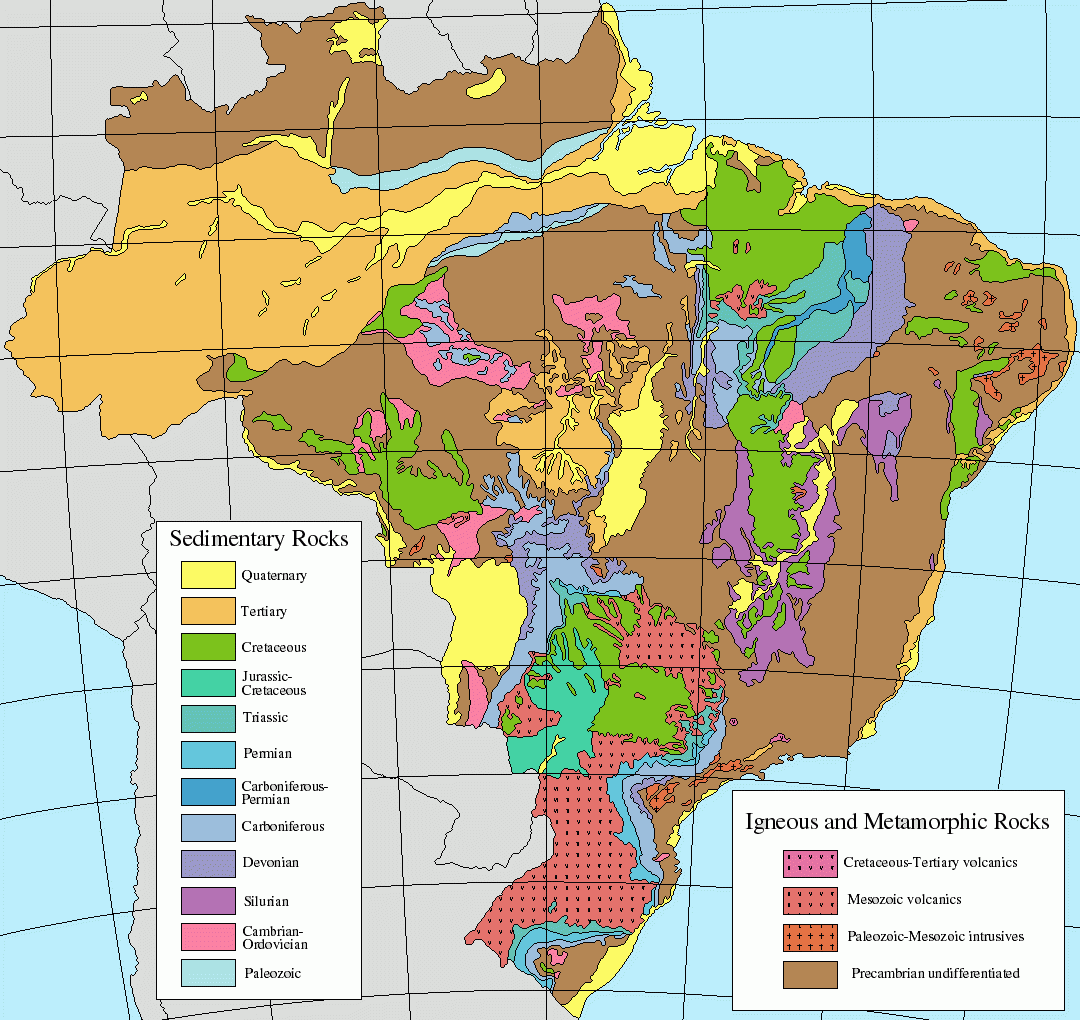BRAZILIAN NATURAL STONES
Relevance of the Brazilian Geological Survey to promote the mining sector.
A complete Geological Survey of Brazil presented by Mr. Manoel Barretto, Director President – CPRM (Servico Geologico do Brasil).
Brazil is considered as one of the main countries in the world ‘involved in the granite industry’. It is one the main producers together with China , India , the USA and Italy and the sixth largest natural stone exporter worldwide after Italy, China, India, Spain and Portugal. After Spain and China. Brazil is the third largest exporter of slate and following India, the second for granite blocks.

VARIETY AND PRODUCTION
The Brazilian granite is remarkable in varieties and colors, and the granite industry, as part of the total natural stones industry, is like a mirror of the recent development of the country, both economically and socially.
The main producing and exporting states of natural stones are Minas Gerais, Bahia, Ceara, Espirito Santo, and Sao Paulo. These states produce 40% of the Brazilian natural stones, and 70% of the blocks. The annual production of natural stones is more than 5,000,000 tons, with the exports exceed the 1,100,000 tons annually. The Brazilian stone industry is equipped with the most recent Italian machinery being comparable with the top competitors involved in this field worldwide.
With more than 1,000 types of stones and colors ( more than 500 varieties for commercial use ), Brazil is the main supplier for the USA, Mexico, Argentina , Colombia and other countries of the Americas and a serious supplier for the E.U. countries. Despite the US dollar devaluation and the European economic crisis, Brazilian exports of natural stones increased by 23% and reached $1.3 billion in 2013, with sales to more than 100 countries globally. The main final product of the granite sector is the kitchen countertop.
See the stone index by country in Marbleguide.com

THE BRAZILIAN GEOLOGICAL SURVEY
There is a complete survey covering in detail the whole of the Brazilian geology, which includes chapters like Geology and mineral resources, Geo-technologies , Environment, Final products, Minerals, Rare earths, a big number of Geological maps , Construction materials , the current Projects in progress all over the country and much more.
The survey is called Geological Survey of Brasil produced by the CPRM (Servico Geologico do Brasil) and its target is to promote the mining sector of the country. The full title is:
Geological Survey of Brasil – CPRM ( Servico Geologico do Brasil )
MANOEL BARRETTO
DIRECTOR PRESIDENT
Workshop on best practices on mining policies and technologies
Brussels – June, 2014
Relevance of the Brazilian Geological Survey to promote the mining sector.
It was presented, among others, during a Workshop organized by the European Commission in Brussels, ( EUROPEAN COMMISSION , Workshop on Best practices on mining policies and technologies ‘Australia, Brazil, Canada, Chile, Mexico, Peru, South Africa, USA and EU’, 12 & 13 June 2014 – Hotel Bloom – Brussels).

BRAZILIAN ECONOMY
According to The World Bank’s Overview on the Brazilian economy:
Brazil’s economic and social progress between 2003 and 2014 lifted 29 million people out of poverty and inequality dropped significantly (the Gini coefficient fell by 11% in the same period, down to 0.515). The income level of the poorest 40% of the population rose, on average, 7.1% (in real terms) between 2003 and 2014, compared to a 4.4% income growth for the population as a whole. However, the rate of poverty and inequality reduction has been showing signs of stagnation since 2015.
The government has proposed a set of macroeconomic adjustment measures and is setting the stage for structural reforms. In early 2015, the government began a macroeconomic adjustment process based on an ambitious fiscal consolidation plan. Monetary and exchange rate policies have been adjusted to reduce inflation expectations and enable a drop in the real exchange rate. The policy agenda also included measures to boost competitiveness, productivity and investments. However, implementation of the reform program has proven difficult given the challenges in reaching a consensus in Congress.
The complete article can be found here: www.worldbank.org
Data received from:
www.stonebusiness.net
www.stoneworld.com
www.stone-ideas.com
blog.b2brazil.com
See also: Brazilian Marble
Kallirroi Pavlakou
International News and Markets



